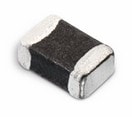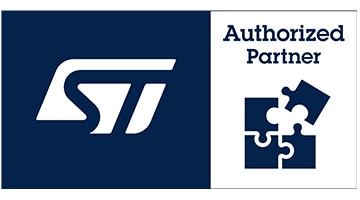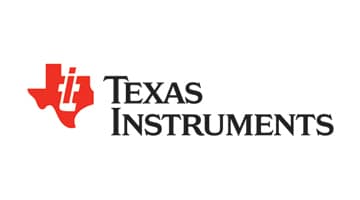Details
| Topologie | Sonstige Topologie |
| IC-Revision | A05 |
Beschreibung
The WGM160P Wi-Fi Module is featured on a radio board that plugs directly into a Wireless Starter Kit (WSTK) Mainboard. The mainboardfeatures several tools for easy evaluation and development of wireless applications. An on-board J-Link debugger enables programmingand debugging on the target device over USB or Ethernet. The Advanced Energy Monitor (AEM) offers real-time current andvoltage monitoring. A virtual COM port interface (VCOM) provides an easy-to-use serial port connection over USB or Ethernet. ThePacket Trace Interface (PTI) offers invaluable debug information about transmitted and received packets in wireless links.All debug functionality, including AEM, VCOM, and PTI, can also be used towards external target hardware instead of the attached radioboard.To further enhance its usability, the mainboard contains sensors and peripherals that demonstrates some of the many capabilities of theWGM160P. A 20-pin expansion header (EXP header) is also provided that allows connection of expansion boards (EXP boards) to thekit.The Wireless Starter Kit for WGM160P includes an EXP board (BRD8026A) that can be connected to EXP header on the Wireless STKmainboard to provide Ethernet connectivity to the WGM160P module.
Eigenschaften
- WGM160P Wi-Fi Module with 2 MB Flashand 512 kB RAM, with integrated antenna
- USB Micro-B connector offers devicemode support
- MicroSD card slot
Artikeldaten
| Artikel Nr. | Datenblatt | Simulation | Downloads | Status | Produktserie | Z @ 100 MHz (Ω) | Zmax (Ω) | Testbedingung Zmax | IR 2 (mA) | RDC max. (Ω) | Typ | Muster | |
|---|---|---|---|---|---|---|---|---|---|---|---|---|---|
 | 742792022 | SPEC | 9 Dateien | Aktiv i| Produktion ist aktiv. Erwartete Lebenszeit: >10 Jahre. | WE-CBF SMT-Ferrit | 220 | 330 | 300 MHz | 2000 | 0.05 | Hochstrom |
| Muster |
|---|
| Artikel Nr. | Datenblatt | Simulation | Downloads | Status | Produktserie | Z @ 100 MHz (Ω) | Zmax (Ω) | Testbedingung Zmax | IR 2 (mA) | RDC max. (Ω) | Typ | Muster |
|---|






